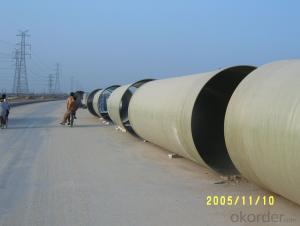Fiberglass cloth, a material that has become synonymous with modern composites, has proven its versatility in countless applications. From the automotive industry to aerospace, marine, construction, and even sports equipment, fiberglass cloth has made its mark as a reliable, strong, and lightweight material. But what exactly is fiberglass cloth, and how has it revolutionized the world of composite materials? Let’s dive into the fascinating world of fiberglass and explore its many uses and benefits.
The Essence of Fiberglass Cloth
At its core, fiberglass cloth is made from fine strands of glass that are woven together to form a fabric. This fabric is then infused with a resin, which hardens and binds the fibers together, creating a strong and durable material. The process of making fiberglass cloth involves melting glass and extruding it through tiny nozzles to form fine strands. These strands are then woven into a fabric that can be cut and shaped to fit various applications.
A Brief History of Fiberglass
The history of fiberglass dates back to the early 1930s when it was first invented by an American scientist named Russell Games Slayter. He was looking for a way to improve the strength and durability of plastics. Little did he know that his invention would go on to become a cornerstone of modern composite materials. Over the years, fiberglass has evolved and improved, with advancements in manufacturing techniques and materials leading to even stronger and lighter products.
The Automotive Industry
One of the most notable uses of fiberglass cloth is in the automotive industry. Cars have been using fiberglass for decades, particularly in the production of body panels, hoods, and trunk lids. The lightweight nature of fiberglass allows for improved fuel efficiency and performance. Moreover, its resistance to corrosion and rust makes it an ideal material for outdoor use.
Aerospace and Marine Applications
Fiberglass cloth is also a popular choice in the aerospace and marine industries. Its high strength-to-weight ratio makes it perfect for aircraft components and boat hulls. The material can withstand extreme temperatures and pressures, making it suitable for environments where reliability is crucial. Additionally, its non-magnetic properties are beneficial in applications where avoiding interference with electronic systems is necessary.
Construction and Infrastructure
In the construction sector, fiberglass cloth is used in a variety of ways. It is often used in reinforced concrete, providing additional strength and durability to structures. Fiberglass-reinforced polymers (FRPs) are also used in bridge construction and repair, offering a longer-lasting alternative to traditional materials.
Sports Equipment
Athletes and sports enthusiasts alike appreciate the use of fiberglass in various equipment. From tennis rackets and golf clubs to kayaks and sailboats, the material’s lightweight and high-strength characteristics make it ideal for performance-driven applications.
The Environmental Impact
While fiberglass has numerous benefits, it’s essential to consider its environmental impact. The production of fiberglass can be energy-intensive, and the disposal of fiberglass products can pose challenges due to their durability. However, advancements in recycling technologies are helping to mitigate these concerns, allowing for a more sustainable use of this versatile material.
The Future of Fiberglass Cloth
As technology continues to advance, the potential applications for fiberglass cloth are expanding. Researchers are exploring new ways to incorporate fiberglass into energy-efficient buildings, renewable energy systems, and even wearable technology. The future looks bright for this innovative material, and its versatility will undoubtedly continue to shape the world of modern composites.
In Conclusion
Fiberglass cloth is more than just a material; it’s a testament to human ingenuity and innovation. Its widespread use across various industries is a testament to its versatility and strength. As we continue to push the boundaries of what’s possible, fiberglass cloth will undoubtedly play a significant role in shaping our future. So, the next time you see a piece of fiberglass, remember the incredible journey it has been on, from its humble beginnings to its current status as a key component in modern composites.

